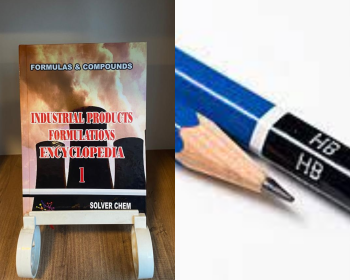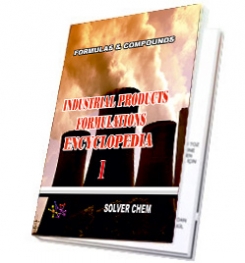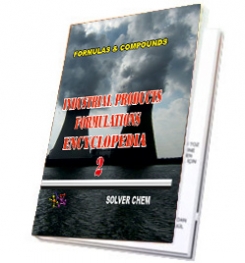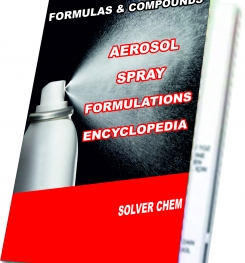
- At the Slat factory, pencil stock is cut into “Pencil Blocks” a bit longer than the normal length of a pencil. The small amount of extra length is called “trim allowance” that bears importance later on in the process.
- Pencil Blocks are cut into “Pencil Slats” using specially designed circular saws. These saws are very thin in order to reduce the amount of “waste” in the form of “sawdust”. Due to the natural grain and defect characteristics of the wood, slats are sorted by width and grade for further processing. Slats without defects are called “full ply”. Some slats are cut to smaller widths (called “narrow ply”) or shorter lengths (called “memos”) in order to eliminate the defects and to produce a variety of usable grades and plies of pencil slats.
- Pencil Slats are treated with wax and stain to obtain uniform color and improve the machining and sharpening characteristics of the wood for future processing. The slats pass through a final inspection process and then are packaged and shipped to “Pencil Factories” all over the world.
- At the Pencil Factory a “Groover machine” cuts grooves into the slats to accept the writing core (or “lead”).
- Writing cores – made from a mixture of graphite and clay – are placed into the grooves. Coloring pencils may use wax-based cores while many other formulations are used in cosmetic pencils.
- A second grooved slat is glued onto the first – making a “sandwich” – by a machine called a “lead layer”. The sandwiches are then “clamped” and held together tightly while the glue dries.
- Once the glue dries, the sandwiches are transferred to a “Shaper” and are first “trimmed” to assure that the sandwich is square and that all the pencils will be the proper length. Then the sandwich is machined into pencil shapes such as hexagonal, round or triangular.
- Individual pencils cut from the sandwich are ready for further processing. Any pencils with defects, such as uncentered leads or chipped wood, are discarded at this point.
- Next, each pencil is painted in a machine receiving from 4-10 coats of lacquer, depending on the desired quality of the finish and the color depth. A recess is cut to accept the ferrule. (After painting, some pencils are wrapped in decorative film or foils with fancy designs; although, most pencils are imprinted with the brand name by stamping the foil into the surface of the pencil.)
- On a “tipping” machine, an eraser and a ferrule (the metal ring that holds the eraser to the pencil) are crimped into place on each pencil.
PENCIL MAKING FORMULATIONS
AND
MANUFACTURING PROCESS
AND
MANUFACTURING PROCESS
MANUFACTURING PROCESS OF PENCILS is not very complicated. For the production, there is need usable and tried a formulation, raw materials and mixing tank. For raw materials to be used, quantities to be used and ingredients usage rankings, you should look into this formulation. Therefore, formulation and productıon methods of pencil are important. If you have not a good formulation, you cannot make healthy and efficient production of any pencils.
If you need any manufacturing formulations and production methods about
PENCILS
INDUSTRIAL PRODUCTS
FORMULATIONS
ENCYCLOPEDİA - 1
is enough.

This encyclopedia has many formulations of textile chemicals and derivatives,textile pigment printing paste formulas,silicone micro emulsion preparation,cationic fixator,dispersing agent for textile chemicals,stabilizating agent in textile processing,ion immobilizing agents,hydrogen peroxide stabilizer,sequestering agents in textile chemicals,anti pilling agent in textile processing,cationic softener,nonionic softener,silicone softener manufacturing processes, sizing agent in textile chemicals,organic and organomineral fertilizers for house plants, polyurethane floor coating cleaner formulations,epoxy floor coating cleaner production process,polyurethane concrete coating cleaning detergents, formulations of emulsifier and emulsions,ultrasound gels formula,medical gels manufacturing,ecg gels making,cats and dogs care and cleaner products formulations, aircraft and airport care and cleaner products production,corrugated cardboard adhesive and hardeners resin manufacturing process,glass products,pencil types production,chalk formulations,chafing fuel gel making formulas,kindling fuel gel productions,industrial powder degreaser, industrial fluid degreaser,welding burn marks remover and cleaner products formulas,wood furniture cleaner and polisher formulation,aluminium cleaning and polishing agents formulas,fuel tank cleaner formulations,shoe care and polisher productions,wicrowave exterior cleaner making,concrete care and cleaner products manufacturing,mortar and brick cleaner formula,marble crystallizers production,toilet reservior block manufacturing process,vinyl cleaner and polisher formulations.

INDUSTRIAL PRODUCTS
FORMULATIONS
ENCYCLOPEDIA - 1
is written clear and understandable.

|
|

|
|

|
|
